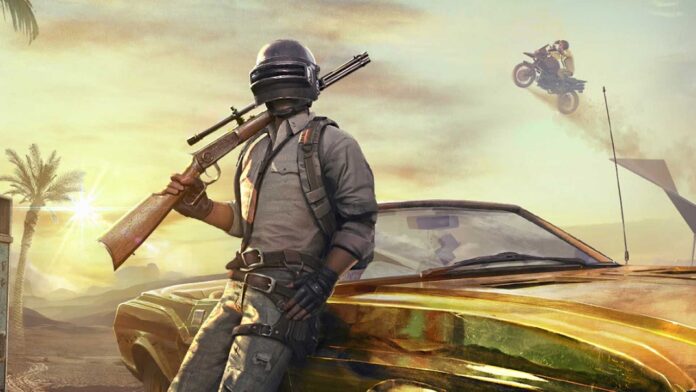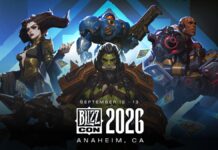In the universe of battle royales, quick reflexes and sharp aim may secure victory, but it’s the maps that create legends. These vast battlefields aren’t just combat scenarios; they’re crucibles where playstyles take shape, identities are forged, and reputations are solidified. Whether in a chaotic urban center or a tranquil forest, each zone tells a story.
And in games like PUBG Mobile, your chosen drop point says as much about you as your preferred weapon. Are you a bold player who lands in hot drops or a methodical looter who lingers in the safe zone until the final circle? Either way, one thing’s certain: the terrain you master becomes part of your tactical DNA.
Map Familiarity and Micro-Decisions
It’s easy to underestimate how map geography influences high-stakes matches. But seasoned players know: the difference between a smooth rotation and an ambush can hinge on remembering which wall has a climbable ledge or which rooftop hides a loot crate.
Having the right gear also shifts the equation. From weapon skins to crates and parachutes, subtle details alter how players approach familiar zones. That’s where PUBG UC comes in—beyond enabling cosmetic unlocks, it directly fuels map-based strategy during limited events and region-specific drops.
In short, mastering a map transcends topography: it’s about tailoring your character to traverse it on your terms.
The Emotional Map of Battle Royales
Every iconic battle royale map transcends its pixels, becoming a vault of memories.
Veterans still recount clutch victories at Erangel’s Pochinki or long-range eliminations during Vikendi’s snowstorms. Maps transform into emotional landmarks, tethering players to their triumphs and defeats. This “emotional cartography” creates enduring bonds that draw veterans back despite new content releases.
When map updates or rotations hit, longtime players instantly dissect changes. These shifts don’t just adjust gameplay—they reset old habits, demand fresh strategies, and give purpose to those testing their growth on familiar ground.
Identity Through Terrain: How Maps Shape the Meta
In PUBG and similar titles, players don’t just adapt to maps—they build identities around them.
Certain squads gain renown for dominating Rozhok. Others earn respect by surviving Sosnovka’s military base. These patterns turn drop zones into personal territories, sparking silent rivalries when rivals dare land there.
Even content creators leverage this, featuring specific locales as brand signatures—whether showcasing Sanhok win streaks or crafting Livik navigation guides, the map becomes a co-star in competitive narratives.
Final Coordinates
Battle royale maps aren’t static arenas. They’re evolving canvases that shape how players engage, compete, and express themselves. The terrain isn’t mere backdrop—it’s a silent adversary, strategic partner, and identity emblem.
As players refine tactics and express themselves through unlockables, currencies like PUBG UC deliver crucial advantages—be it a coveted crate, skin, or emote. And with platforms like Eneba streamlining credit access and top-ups, preparing for the next drop has never been easier.




